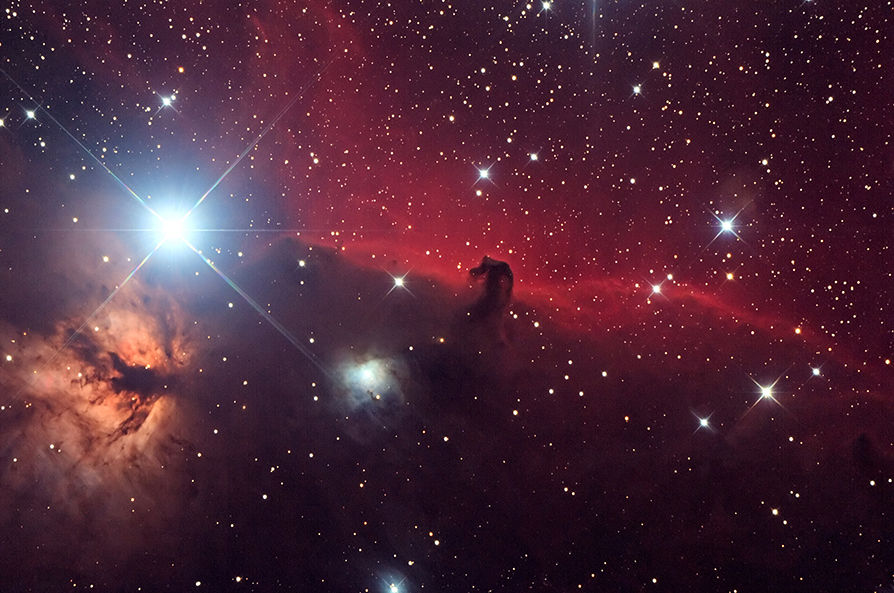I am a child of the space age, literally. We were born the same year. Me in April of 1957 and Sputnik — the first man-made object launched into orbit around the Earth — a few months later in October.
The technology of the early days of manned space flight coincided with the advancements in television technology — mainly, the use of satellites in space beaming live television signals anywhere in the globe. This enabled us to get up early, sit around a television set in our Los Angeles living room and watch a live shot of a Florida launch pad readying to shoot a Redstone Rocket (and the men sitting in the capsule on top of it) into space.
A cynic may see it as PR, but God never seemed too far from the space program. The first astronauts who orbited the moon read from the Book of Genesis in a Christmas message beamed back to Earth. The whole world was asked to pray for the safe return of the crippled Apollo 13 mission. And I would surmise that no one, man or woman, who ever strapped themselves on top of a tube filled with highly explosive rocket fuel waiting for a switch to be turned on to ignite it didn’t say a prayer to someone. So, God was not only their copilot; on many occasions he probably handled pilot, navigator and computer programmer duties.
But after the second successful lunar landing and dramatic aborted journey of the third Apollo mission, the public lost its fervor for space. We had beaten the Russians and gotten to the moon, and all the other trouble back on terra firma — from the Vietnam War to Watergate — put space travel on the back burner. I felt like I was losing my favorite football team. Somehow the low earth orbit of the Space Shuttle program couldn’t hold my imagination for long. And for the public, it took awful disasters within that program to get them to pay any attention for all the wrong reasons.
This month marks the 40th anniversary of the launch of the spacecraft Voyager 1, leaving another Florida launch pad at Cape Canaveral on Sept. 5, 1977, atop a Titan-Centaur rocket, beginning a journey that continues to this day.
Voyager did not carry human beings and was, in many eyes, just another hunk of space junk. But it is so much more. Mainly, it is the first human-made object to have ever left our solar system. In August of 2012 it went beyond the sun’s realm of plasma. It will still take another three centuries for Voyager to reach the inner edge of something called the Oort Cloud, and 300 more centuries to make it to the outer edge of that sci-fi sounding place. Makes one think of God again — his majesty and our smallness.
Voyager contains recordings of most human languages, music, even the singing of humpback whales. Etched on its structure are images of a man and a woman standing side by side with the man holding his hand up in a greeting. I hope it represents a greeting and not some alien form of an obscene gesture — if it is, we’re in trouble, because Voyager also has an etched map on its structure of where they can find us!
Voyager, with its circuits, wires and razor thin pieces of metal, is now an extension of ourselves and, as futuristic as it may be, is irrevocably tied to our past and our God-given instinct to explore — whether traversing the land bridge between Asia and North America or crossing the Atlantic in three ridiculously small ships. God always comes along for all our rides, even if we don’t pay attention to him. Space and its exploration is a slam dunk when it comes to blending science with the divine in search of the truth. How can one look at deep space photography of the Horsehead Nebula and not think of eternity?
Years ago, I had the privilege to walk a picket line with the great science fiction author Ray Bradbury. After screwing up the courage to talk to him, I found him to be as gracious and kind as I hoped he would be. We talked about the then recent first landing on Mars by the Viking spacecraft. The news had reported that Viking had not found life. Ray Bradbury disagreed. He told me there was life on Mars — it was us now.
So it may be with Voyager — and where humans go, so go our hopes, our dreams, our foibles … and our faith.

